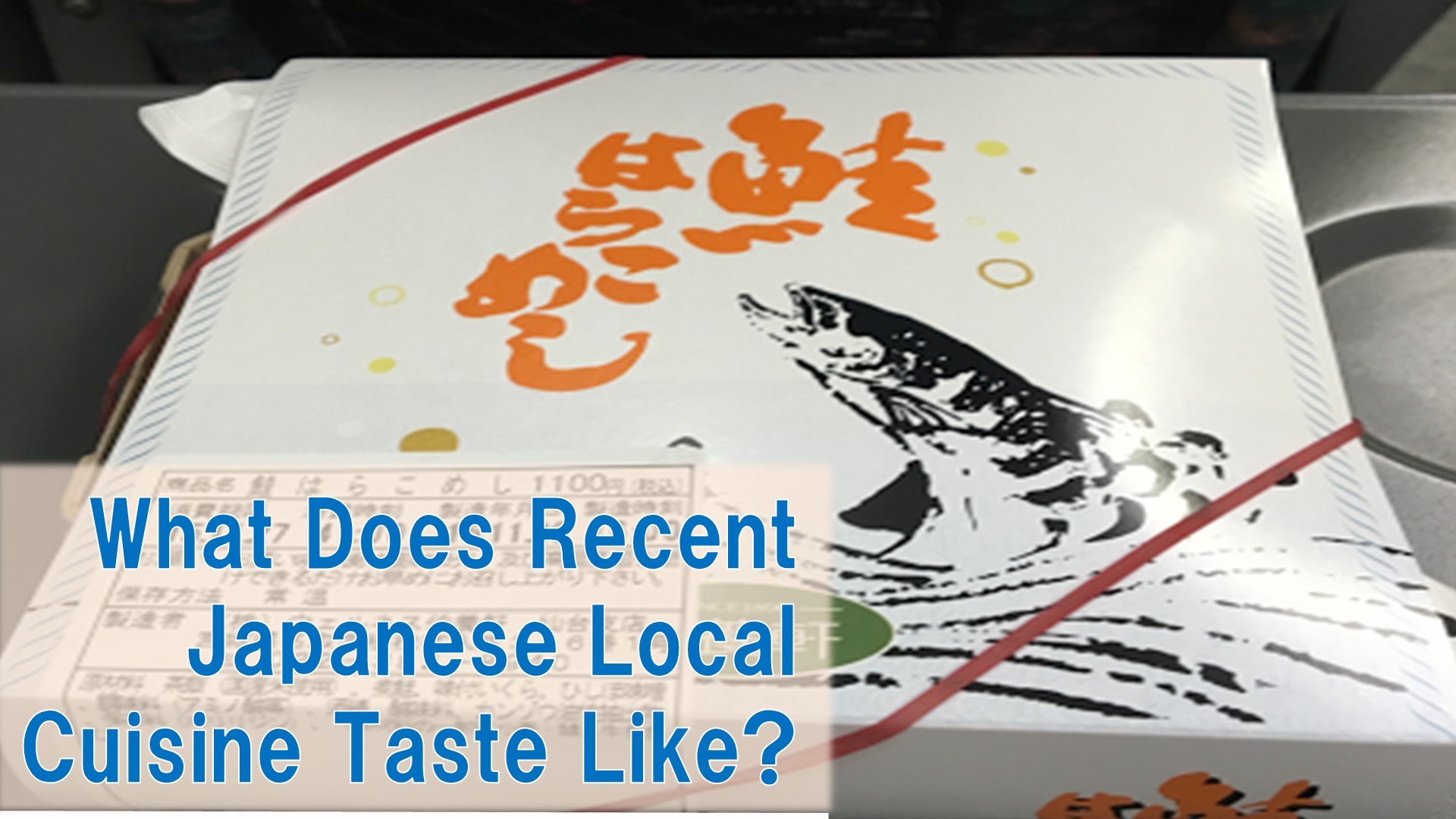In Japan, there’s a type of station bento box, commonly known as “Ekiben.” There are various kinds, including many that use local fish as ingredients. For someone who enjoys fish, it’s delightful to ride the train and enjoy these at the destination.
Recently, I purchased a local cuisine Ekiben called “Harako-meshi” at Sendai Station. “Harako-meshi” consists of rice topped with salmon roe (ikura) and arranged with grilled salmon. In the Tohoku region of Japan, chum salmon (Oncorhynchus keta) swim up rivers for spawning in the fall. Those who have tasted grilled salmon and salmon roe would understand; it’s unquestionably delicious. Moreover, even the accompanying pickles were top-notch.

However, the salmon used in my “Harako-meshi” seems to be Coho salmon (Oncorhynchus kisutch). Coho salmon are species distributed from Russia to North America and are not naturally found in Japan. Regarding station bentos related to Harako-meshi, there was also “Benizake Harakomeshi.” Sockeye salmon (Oncorhynchus nerka) also do not naturally occur in Miyagi.
The original salmon used seems to be in a slight decline recently. It’s not that they are completely unavailable, but stable supply might be difficult. As a result, local cuisines are being offered using farmed exotic fish or imported fish. The cuisine remains, but the ingredients change. This might be the fate of globalization; while it’s delicious, the flavor is complex. Well, there are probably few people who ponder over such complicated matters while eating.




コメント